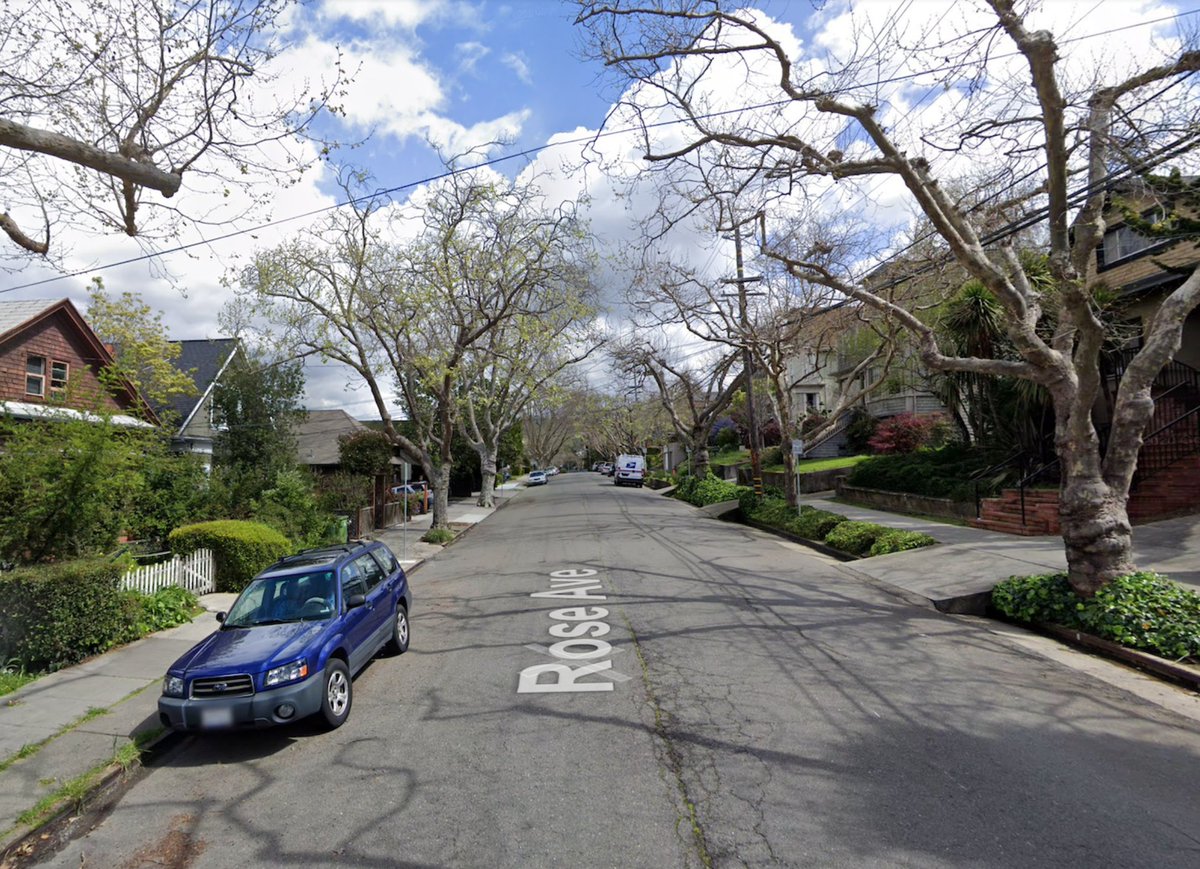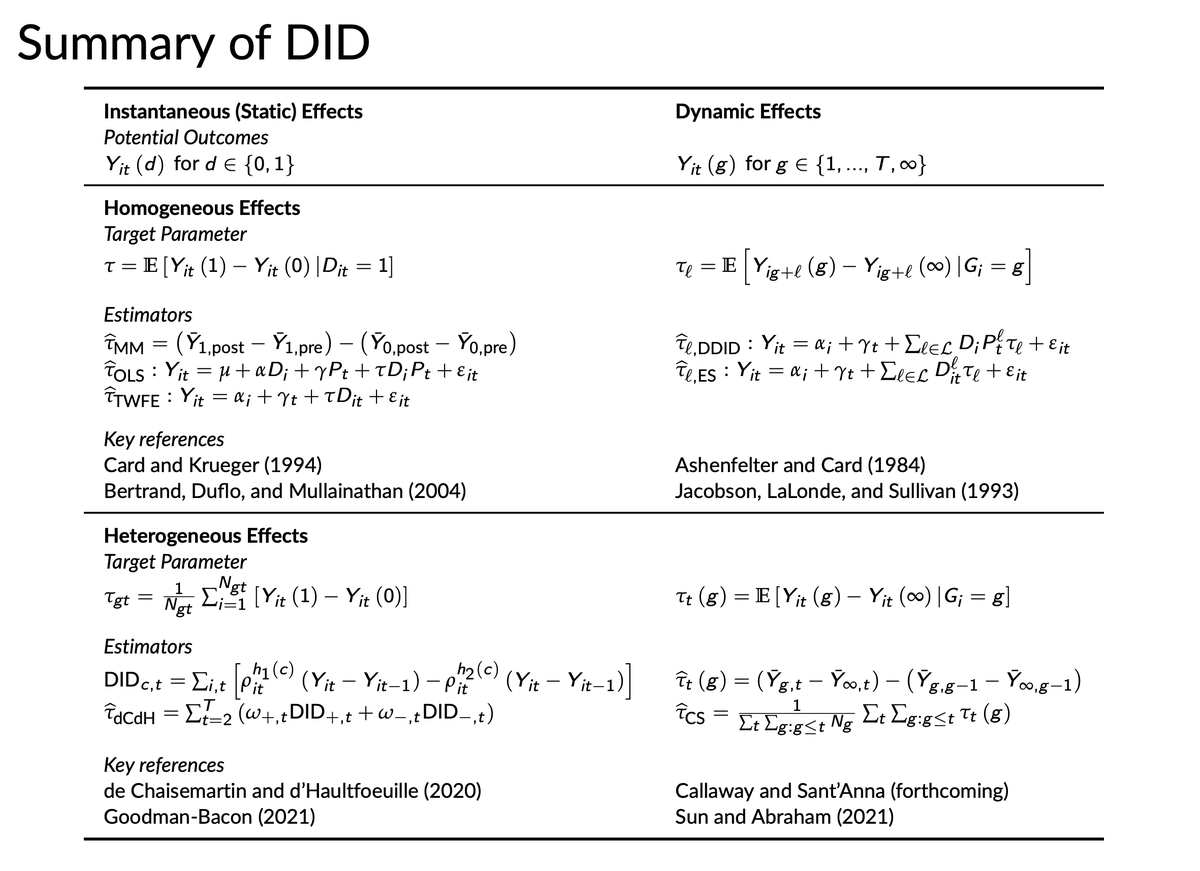
Assistant Professor at @IIES_Sthlm, Berkeley econ Phd @econatcal, Postdoc @YaleCowles. Public goods provision, state capacity, and applied metrics.
How to get URL link on X (Twitter) App


 We build on an old theory called circumscription theory developed by American anthropologist Robert Carneiro (1927-2020). He suggested that early states form in areas with high farming productivity that were circumscribed by unproductive land, such as Coastal Peru or Egypt.
We build on an old theory called circumscription theory developed by American anthropologist Robert Carneiro (1927-2020). He suggested that early states form in areas with high farming productivity that were circumscribed by unproductive land, such as Coastal Peru or Egypt. 

 The country has made remarkable progress since then: Detroit is now less segregated than Houston, Miami, or Charlotte were in 1990. Almost all metro areas have become less segregated for Black households.
The country has made remarkable progress since then: Detroit is now less segregated than Houston, Miami, or Charlotte were in 1990. Almost all metro areas have become less segregated for Black households. 



 Rose Avenue is the boundary between Piedmont (right) and Oakland (left). Piedmont is a wealthy bedroom community with mostly White and Asian residents, whereas Oakland is much larger and much more diverse, both in terms of household income and demographics.
Rose Avenue is the boundary between Piedmont (right) and Oakland (left). Piedmont is a wealthy bedroom community with mostly White and Asian residents, whereas Oakland is much larger and much more diverse, both in terms of household income and demographics. 

https://twitter.com/davidfromterra/status/1390649644418584579A treatment matrix has rows with different units (e.g. people, firms, regions) grouped by treatment pattern (e.g. never treated, treated in third period, etc.) and columns being periods. Then it's easy to see that 2x2 DID can be simply computed by hand:


 Backstory: in the 1990s, LAUSD school facilities were in dire conditions. School facilities often had broken and missing equipment and lacked adequate restrooms. Classroom temperatures upwards of 90 degrees were not uncommon. Many schools were also severely overcrowded.
Backstory: in the 1990s, LAUSD school facilities were in dire conditions. School facilities often had broken and missing equipment and lacked adequate restrooms. Classroom temperatures upwards of 90 degrees were not uncommon. Many schools were also severely overcrowded. 

https://twitter.com/AEAjournals/status/1404822048619253762After gradual neglect of school facilities in the 1970s and 80s, the 2000s turned out to be a "boom" phase of investment for many districts. In Los Angeles, the average age of facilities fell from just under 60 to closer to 50 years.


 We first show that, despite the dire state of many facilities, spending actually went DOWN in the last 10 years. This is especially true for richer districts who were finally making up for neglect in the 70s through the 90s.
We first show that, despite the dire state of many facilities, spending actually went DOWN in the last 10 years. This is especially true for richer districts who were finally making up for neglect in the 70s through the 90s. 

 First off, MATRIX VISUALIZATION. I adapted matrices that crop up in recent papers by @Susan_Athey and Guido Imbens that visualize how units are treated over time, which I call TREATMENT STRUCTURES.
First off, MATRIX VISUALIZATION. I adapted matrices that crop up in recent papers by @Susan_Athey and Guido Imbens that visualize how units are treated over time, which I call TREATMENT STRUCTURES. 